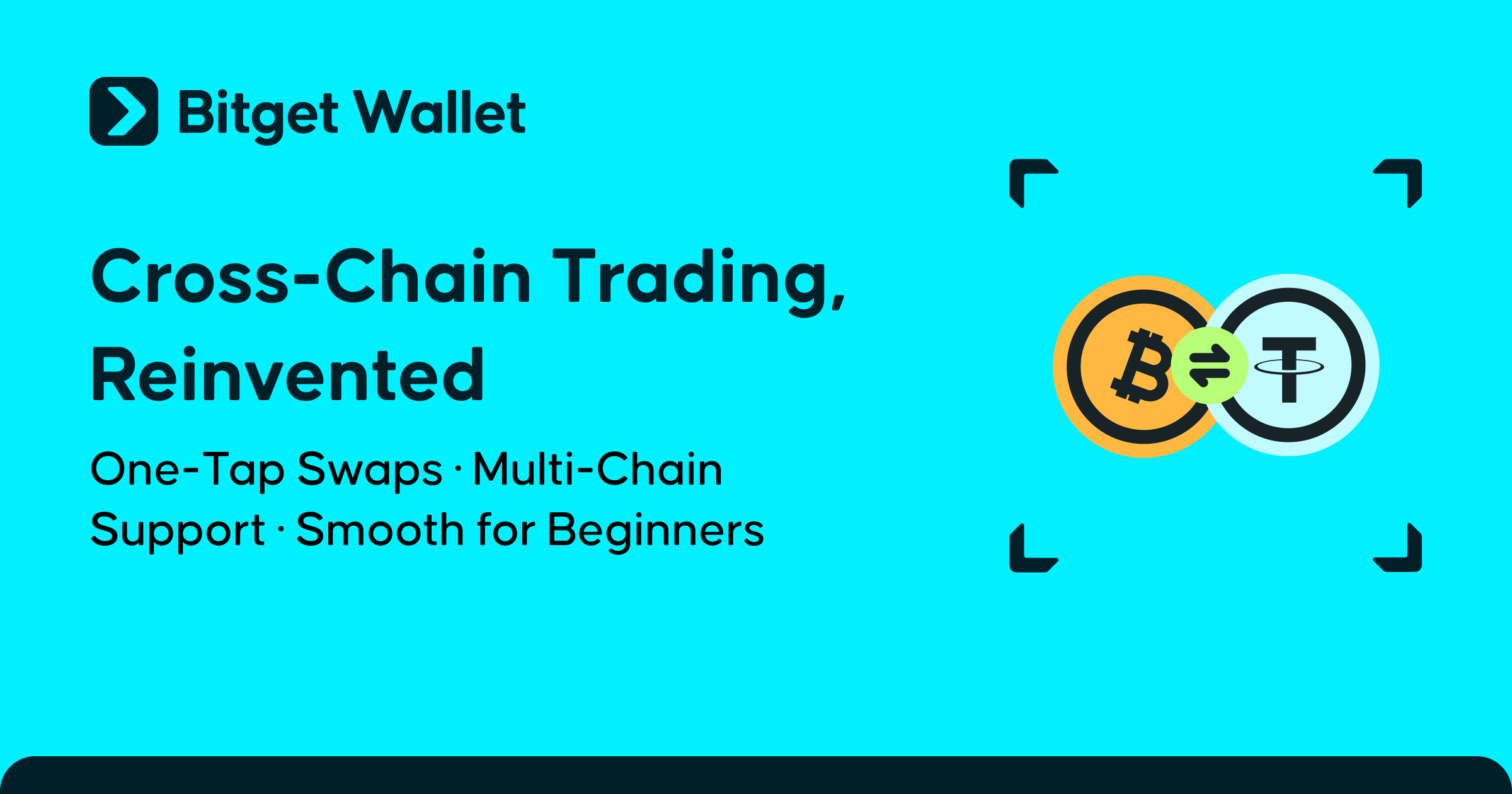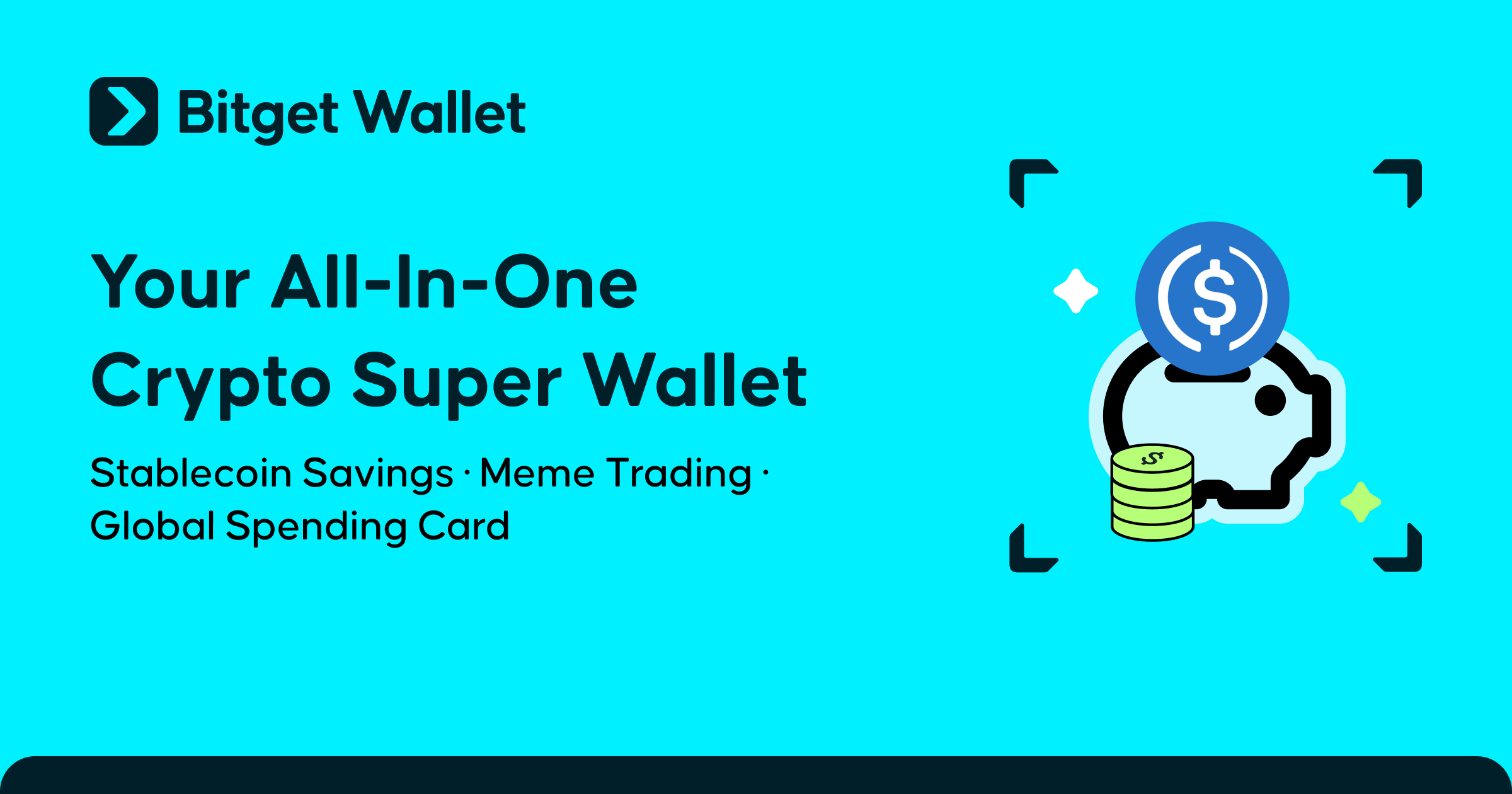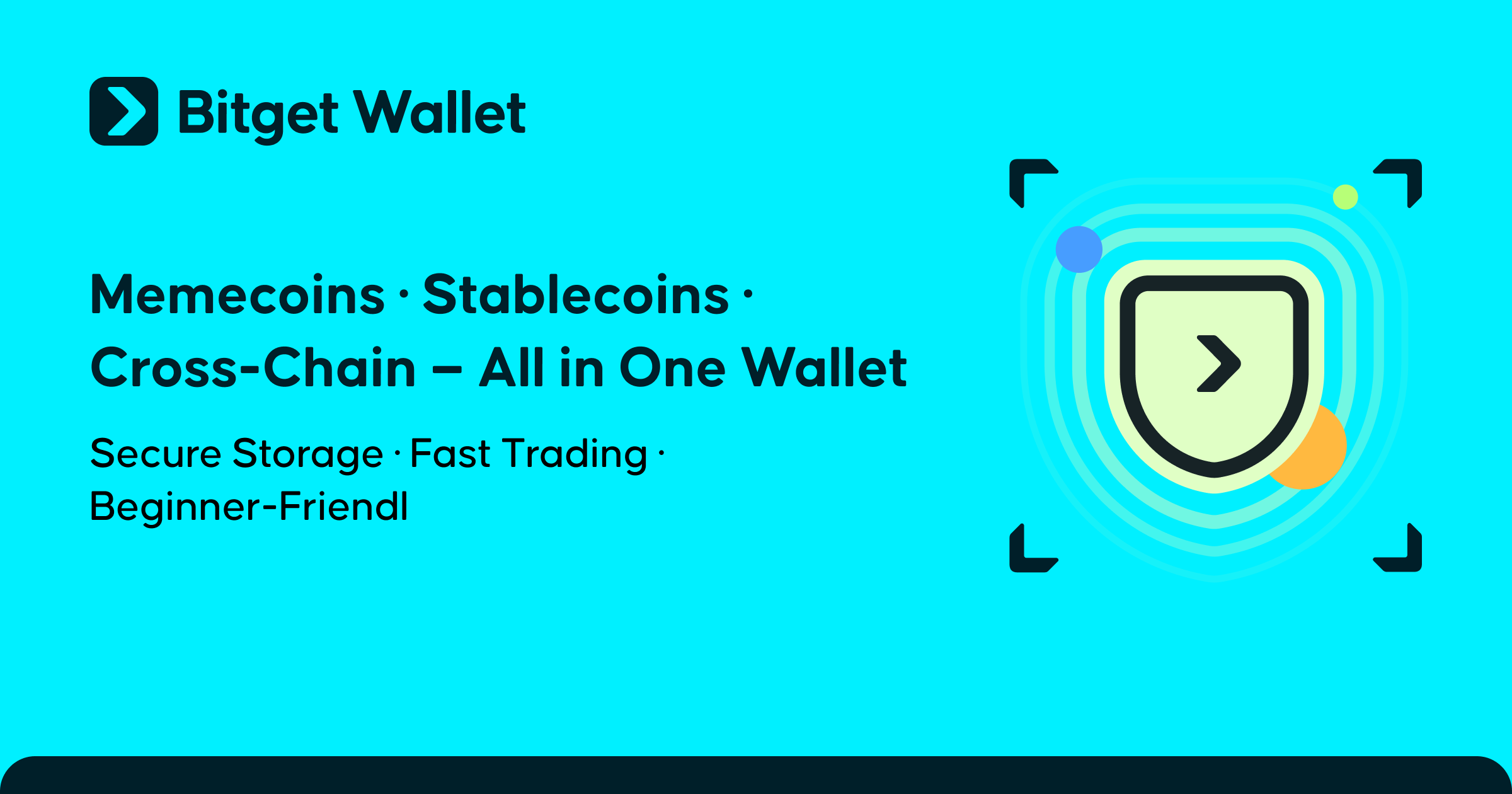What Is Redbrick (BRIC)? AI-Powered Game Creation & Real Estate Token Use Cases Explained

What Is Redbrick (BRIC)? Redbrick (BRIC) is founded on the principle that creative tools should be accessible to all. By integrating generative AI with game-building technology, it enables users—regardless of their coding background—to design, distribute, and profit from their own games. As a modern, multi-chain game development platform, Redbrick connects the ease of Web2 interfaces with the innovation of Web3 infrastructure. It simplifies the creation process while offering built-in opportunities for monetization and growth.
With over 7 million sign-ups and 50 million+ games already played, Redbrick is more than a platform—it’s a creator economy powered by AI. The BRIC token lies at the heart of this system, enabling everything from player rewards and creator payouts to governance and in-game economies.
This article explores how Redbrick (BRIC) is redefining casual gaming through AI, outlines the core features of the platform, and explains how to participate in its growing ecosystem—whether as a player, creator, or investor.
Key Takeaways
- Redbrick is an AI-driven game development platform that allows users to design, personalize, and launch games through intuitive text-to-game tools—without the need for programming skills.
- BRIC is the platform’s core utility token, supporting creator compensation, in-game economic activity, governance participation, and user engagement incentives.
- The platform already has strong traction, with over 7.6 million sign-ups, 5.9 million wallets, and 53+ million games played, making it a fast-growing force in AI and Web3 gaming.
A Deep Dive into Redbrick: What Is $BRIC?
Redbrick (BRIC) is a utility token built on a multi-chain architecture (including Ethereum, BNB Chain, and others) that powers a new era of AI-generated, user-created games. The project reimagines the creative process of game development, making it accessible to everyone through text-to-game and visual programming tools.
The Redbrick ecosystem is driven by the following values:
- Accessibility – Anyone can build and launch games without coding.
- Creativity – AI tools help bring user-generated content to life.
- Decentralization – Players and creators share in governance and rewards.
Redbrick (BRIC) not only redefines how games are created but also builds a sustainable, trust-based creator economy where collaboration and ownership are shared across a global community.
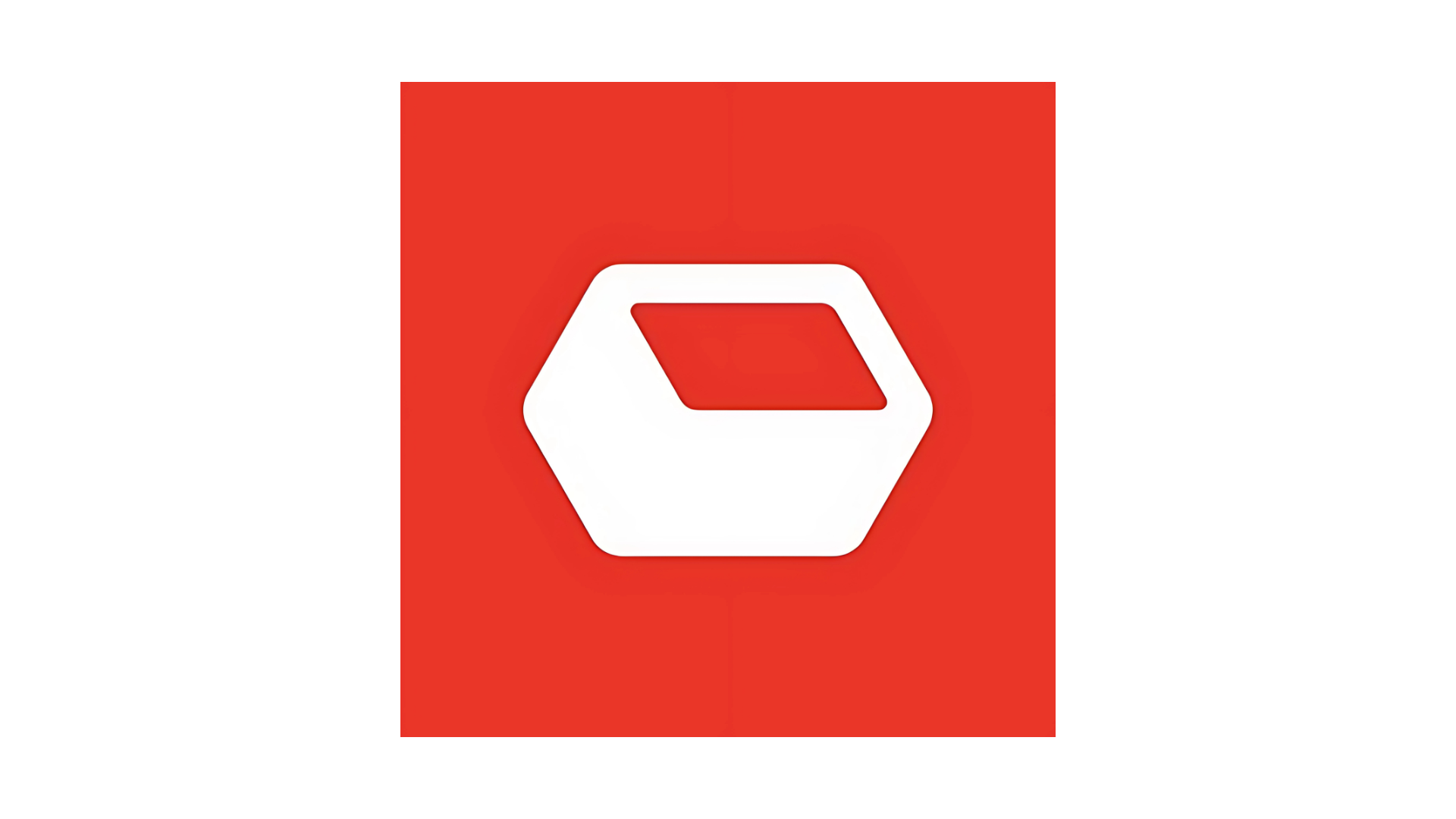
Source: @RedbrickLand
Redbrick is quickly emerging as a leader in AI-driven game development, with over 7.6 million users and 50+ million games played. As its BRIC token gains traction across multiple chains, the platform is set to revolutionize Web3 gaming by lowering the barrier to entry for creators and empowering them to earn, govern, and scale their content globally.
Redbrick (BRIC) Listing Details and Launch Date
1. Key Listing Information
Here are the important details about the Redbrick (BRIC) listing:
- Exchange: MEXC
- Trading Pair: BRIC/USDT
- Deposit Available: Opened
- Trading Start: June 21, 2025 at 10:00 (UTC)
- Withdrawal Available: June 22, 2025 at 10:00 (UTC)
Don’t miss your chance to start trading Redbrick (BRIC) on MEXC and be part of this innovative journey that blends AI-powered game creation with blockchain technology.
Note: Please refer to the official MEXC announcement for the most accurate schedule.
2. Exclusive Campaigns and Rewards
To celebrate the listing, MEXC is launching special campaigns for Redbrick (BRIC):
- Campaign 1: 0% Fee Convert Offer – Instantly convert tokens to BRIC via MEXC Convert at a fixed rate and without any slippage or trading fees.
- (More campaigns may follow—stay tuned to MEXC’s Innovation Zone updates.)
3. Campaign Highlights
- Free Token Conversions: Enjoy seamless BRIC/USDT swaps with no fees and real-time pricing via MEXC Convert.
- Innovation Zone Benefits: BRIC gains enhanced exposure and liquidity through its placement in MEXC’s Innovation Zone.
Take advantage of these exclusive offers to maximize your Redbrick (BRIC) holdings.
Differences Between CEX and DEX Trading
Centralized exchanges (CEX) like MEXC and decentralized exchanges (DEX) like Bitget Wallet offer distinct trading experiences. Binance, as a CEX, provides a user-friendly interface, high liquidity, and advanced trading tools, requiring users to deposit funds into the exchange to keep the fund safe.
On the other hand, Bitget Wallet operates as a self-custodial solution, allowing users to manage their assets independently without reliance on third parties. Its design supports permissionless trading and prioritizes privacy, aligning with the principles of decentralized finance.
By facilitating direct access to decentralized markets, Bitget Wallet eliminates intermediaries, offering a trading environment where users retain full control over their funds. This structure appeals to those who seek a more autonomous and transparent approach to digital asset management.
Redbrick (BRIC) Price Prediction for 2025: What to Expect?
Digital asset values depend on market sentiment, project credibility, and user trust. Backed by increasing traction, expanding participation, and its innovative use of AI in gaming, Redbrick (BRIC) is expected to range between $0.03 and $0.08 during 2025. Should interest in Web3 gaming continue to rise, BRIC’s valuation may surpass $0.10 in the longer term.
Key Drivers of Redbrick (BRIC) Price Movement
Several factors shape the potential value of Redbrick (BRIC):
- Market Dynamics: General bullish sentiment in AI, gaming, and RWA-related tokens could support BRIC’s price, especially as Web3 gaming gains renewed investor attention in 2025.
- Adoption & Practical Use Cases: Redbrick’s ability to attract both game creators and players—especially non-technical users—via its AI engine creates strong real-world utility for BRIC tokens (creator payouts, staking, game economy participation).
- Technological Development & Expansion: With a multichain strategy (Ethereum, BNB Chain, Polygon, Monad, etc.) and a roadmap that includes full token utility rollout and governance, BRIC is positioned for ecosystem growth and developer adoption.
Future Growth Prospects
If Redbrick (BRIC) maintains its momentum in the AI x gaming sector and strengthens partnerships with Web2 and Web3 gaming platforms, rising demand could push its valuation significantly higher. Some analysts suggest BRIC could reach $0.10–$0.15 by late 2025 or early 2026 if mainstream adoption continues. However, investors should remain cautious of broader market volatility, token unlock schedules, and evolving regulatory frameworks.
Source: Redbrick, Coinmarket
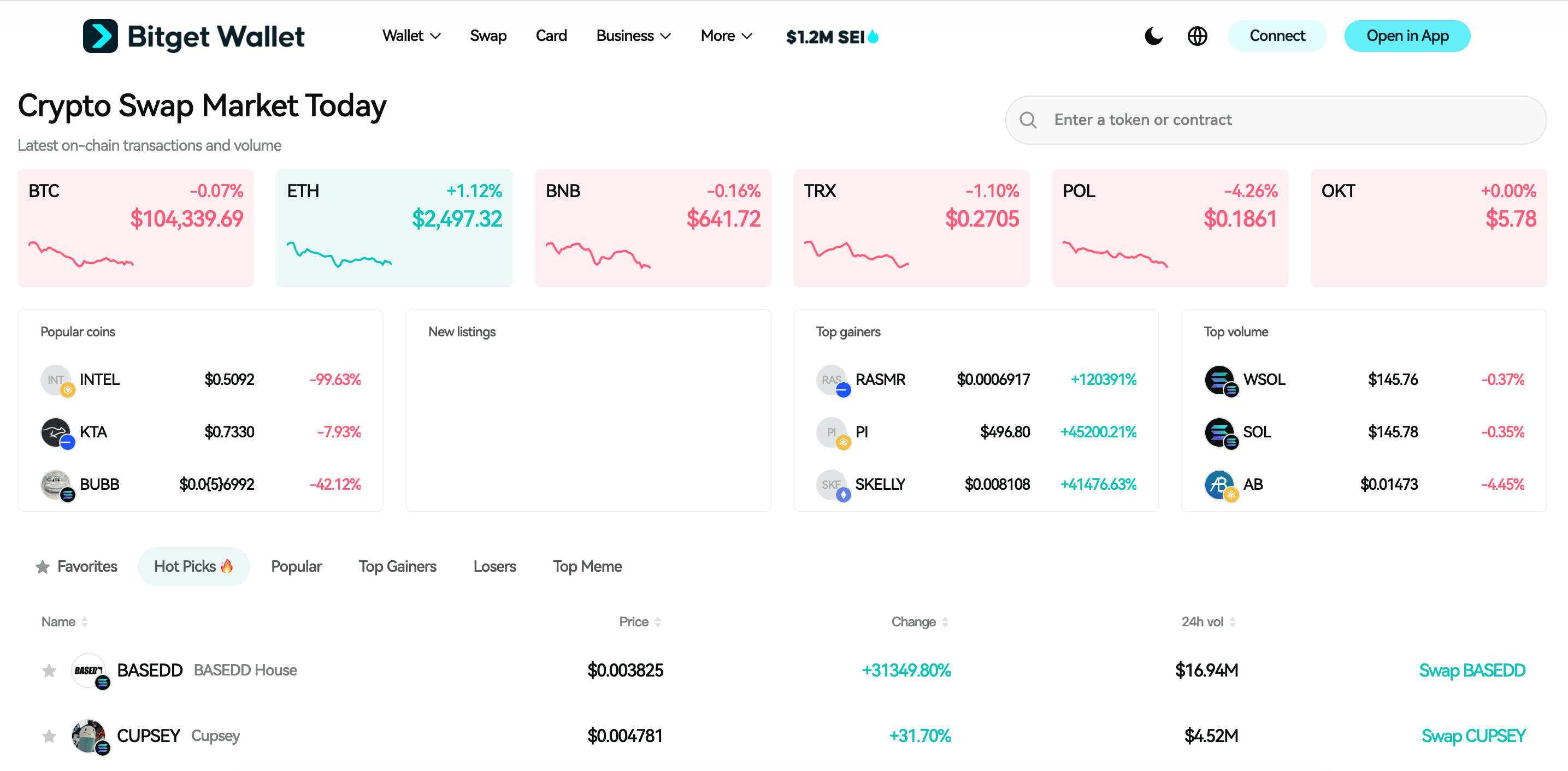
Source: Bitget Wallet
Redbrick (BRIC) Key Innovations: Top Reasons to Watch
The standout features of Redbrick (BRIC) include:
-
AI-Powered Game Creation
Redbrick allows users to create complete games through simple language inputs and visual design tools. This approach reduces entry barriers, making it easy for hobbyists, creators, and those without coding skills to develop casual and hyper-casual games. By combining generative AI with low-code systems, Redbrick offers a solution that is both user-friendly and built to scale.
-
Multi-Chain, Web2–Web3 Integration
Built for seamless deployment across multiple blockchains—including Ethereum, BNB Chain, Polygon, and Monad—Redbrick supports frictionless onboarding of both Web2 and Web3 users. Players don’t need crypto wallets to start playing, but can later interact with on-chain rewards and ownership models, making the experience both familiar and forward-looking.
-
Dual-Token Economic System
Redbrick uses a two-layer economic model. The first layer relies on off-chain points to track user activity and progress. The second layer is powered by $BRIC, the platform’s native token. $BRIC supports governance, staking, creator earnings, and player incentives. By separating utility and rewards, Redbrick maintains a stable and scalable economy. This approach reduces speculation and keeps the focus on meaningful engagement.
Understanding Redbrick (BRIC): The Technology Behind It
Redbrick (BRIC) runs on a multi-chain Web3 framework enhanced by AI. It is built to handle large-scale user activity, creator tools, and real-time gaming. The system focuses on scalability, easy user entry, and secure blockchain-based transactions. This makes it ideal for both everyday gamers and experienced Web3 participants.
Key Technological Components
-
Blockchain Network:
Redbrick operates across multiple blockchains, including Ethereum, BNB Chain, Polygon, and Monad, to maximize reach and interoperability. This multi-chain approach enables faster transactions, lower fees, and greater exposure to different blockchain communities.
-
Consensus Mechanism:
Redbrick leverages the underlying consensus of its host chains (primarily Proof of Stake (PoS) networks), allowing it to focus on building lightweight, user-facing features while relying on the security and decentralization provided by battle-tested Layer 1s.
-
Smart Contracts:
The BRIC token ecosystem is driven by smart contracts that automate in-game asset ownership, creator rewards, staking systems, and platform governance. This ensures transparent, trustless transactions and equitable value distribution among users.
-
Scalability Solutions:
Redbrick incorporates off-chain engagement layers (like non-tokenized XP systems and creator dashboards) to reduce on-chain load, while planning Layer 2 scaling and data compression tools for future-proof performance across tens of millions of users.
Who Leads Redbrick (BRIC) – Team & Key Partnerships
The Team
Redbrick's leadership emphasizes transparency and community-driven development, but specific details on core team members like founders or executive roles were not disclosed in the publicly available MEXC article or official GitBook documentation. Thus, while we know the platform is architected by seasoned AI and Web3 engineers, individual roles remain unnamed.
Key Partnerships
Redbrick collaborates with several major ecosystems and platforms to enhance its accessibility, distribution, and technical capabilities:
-
Ethereum, BNB Chain, Polygon & Monad
Redbrick operates across these Layer 1 blockchains to ensure multi-chain deployment, flexible onboarding, and reduced transaction costs;
-
Web2 & Web3 Creator Ecosystem
The platform supports integrations with popular Web2 tools like Unity, Telegram, and Discord, enabling creators to connect with established audiences and tap into community-driven engagement.
-
Metaverse & Content Partnerships
Through SDKs and cloud-based AI engine access, Redbrick enables developers, blockchain foundations, and indie studios to build games and metaverse experiences together—powering over 100 playable titles so far.
The Role of Redbrick (BRIC) in Gaming: Use Cases Explained
1. Key Use Cases of Redbrick (BRIC)
Redbrick (BRIC) plays a central role in powering the Redbrick platform’s creator economy and game ecosystem. Its main use cases include:
- Creator Monetization
Game creators earn BRIC tokens based on engagement, gameplay metrics, and user retention. This incentivizes high-quality game development without relying on traditional ad revenue.
- Player Incentives
BRIC rewards users for gameplay, achievements, and inviting others. These incentives help expand the community and support a healthy, lasting game economy.
- Governance and Community Input
Holders of BRIC can vote on key platform decisions, including updates, new features, and how resources are used. This keeps Redbrick shaped by its user base.
- Staking and Platform Engagement
Users can stake BRIC to contribute to the platform’s stability. Staking may also unlock advanced tools and exclusive features for creators.
2. How Redbrick (BRIC) Is Transforming Gaming
Redbrick is reshaping the gaming industry by making game creation and monetization radically accessible and AI-driven:
- No-Code Game Development: Anyone can build games using AI prompts or visual tools, significantly reducing the skill barrier for entry into game development.
- Web2 to Web3 Bridge: Redbrick brings traditional creators and players into Web3 by offering a familiar experience that gradually introduces on-chain benefits—without requiring upfront blockchain knowledge.
- Economic Empowerment for Creators: By using BRIC to directly reward creation and engagement, Redbrick bypasses intermediaries and platforms that usually take large cuts of revenue.
- AI x Gaming Integration: Redbrick is at the forefront of combining generative AI with casual gaming—making the creation of rich, dynamic game content scalable and personalized.
Redbrick (BRIC) Roadmap Explained: What’s Coming Next?
The roadmap for Redbrick (BRIC) outlines a clear path for growth, Web3 integration, and AI-powered platform expansion:
| Quarter | Roadmap |
| Q1 2025 | Expansion of the AI Game Engine with improved text-to-game models; launch of visual coding interface for 2D/3D games; integration of off-chain engagement points. |
| Q2 2025 | Official BRIC token launch; enable smart contract-based monetization, staking, and governance; multi-chain deployment across Ethereum, BNB Chain, Polygon, and Monad. |
| Q3 2025 | Rollout of creator marketplace, SDK support for external game assets, and in-game NFT minting; expanded partnerships with content creators, studios, and metaverse platforms. |
These milestones highlight the practical value of $BRIC in the AI-powered gaming and creator economy—empowering users to build, monetize, and scale games seamlessly across Web2 and Web3 ecosystems.
How to Buy Redbrick (BRIC) on Bitget Wallet?
Trading Redbrick (BRIC) is easy on Bitget Wallet. Follow these simple steps to get started:
Step 1: Create an Account
If you don't currently have an account, install the Bitget Wallet app. Register by inputting the required details and confirming your identity.

Step 2: Deposit Funds
After setting up an account, you must deposit money. You can do this by:
- Transferring Cryptocurrency: Transfer crypto from a different wallet.
- Purchasing Crypto: Utilize a credit or debit card to buy crypto directly from Bitget Wallet, making sure you have sufficient capital for trading Redbrick (BRIC).

Step 3: Find Redbrick (BRIC)
On the Bitget Wallet platform, go to the market area. Search for Redbrick (BRIC) using the search function. Click on the token to access its trading page.
As this token has not been listed yet, please look at the last contract address sent by the project team upon listing of the token.
Step 4: Select Your Trading Pair
Choose your trade pair you want to work with, e.g., BRIC/USDT. With this, you will be able to trade Redbrick (BRIC) with USDT or another cryptocurrency.
Step 5: Place Your Order
Choose if you want to enter a market order (purchase/sell at the market rate) or a limit order (specify your own price). Input the amount of Redbrick (BRIC) you want to purchase or sell, then place your order.
Step 6: Monitor Your Trade
Once you have ordered, you can track the status of your order under "Open Orders." Upon completion of the order, you can view your balance to see the newly purchased Redbrick (BRIC).
Step 7: Withdraw Your Funds (Optional)
If you want to transfer your Redbrick (BRIC) or any other cryptocurrency to another wallet, go to the withdrawal section, provide your wallet address, and confirm the transaction.

Conclusion
Redbrick (BRIC) is reshaping gaming by combining AI-driven development with blockchain-based ownership and earning. It lets users create and launch casual games with no coding required. Backed by multi-chain integration, a growing creator community, and scalable tech, Redbrick is emerging as a key player in Web3 gaming.
Bitget Wallet provides a streamlined way to access the Redbrick ecosystem. Supporting major blockchains like Ethereum, BNB Chain, and Polygon, it simplifies token management. Users can securely buy, hold, and stake $BRIC through its built-in DEX. With cross-chain features and an intuitive design, the wallet suits both beginners and experienced users.
Download Bitget Wallet now to start your journey with $BRIC and explore the future of AI-generated gaming.
Download Bitget Wallet
FAQs
1. What is Redbrick (BRIC) used for?
Redbrick (BRIC) is the native utility token of the Redbrick platform, which allows users to build AI-generated games, earn rewards, stake for governance, and participate in the creator economy. It powers transactions, creator monetization, and on-chain rewards.
2. Do I need to know how to code to build games on Redbrick?
No! Redbrick is designed for everyone. Its AI-powered "text-to-game" engine and visual coding tools let users create 2D/3D games without writing code. It’s perfect for creators, designers, and storytellers with no development background.
3. How do I buy and store $BRIC safely?
You can buy $BRIC on supported exchanges like MEXC, and for the safest and most convenient experience, store it in Bitget Wallet. Bitget Wallet supports multiple blockchains, lets you swap BRIC directly, and offers built-in staking, making it ideal for managing your Web3 assets.
Risk Disclosure
Please be aware that cryptocurrency trading involves high market risk. Bitget Wallet is not responsible for any trading losses incurred. Always perform your own research and trade responsibly.







